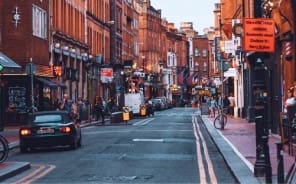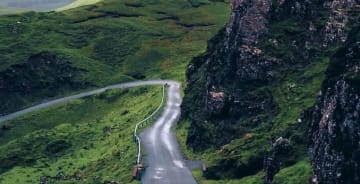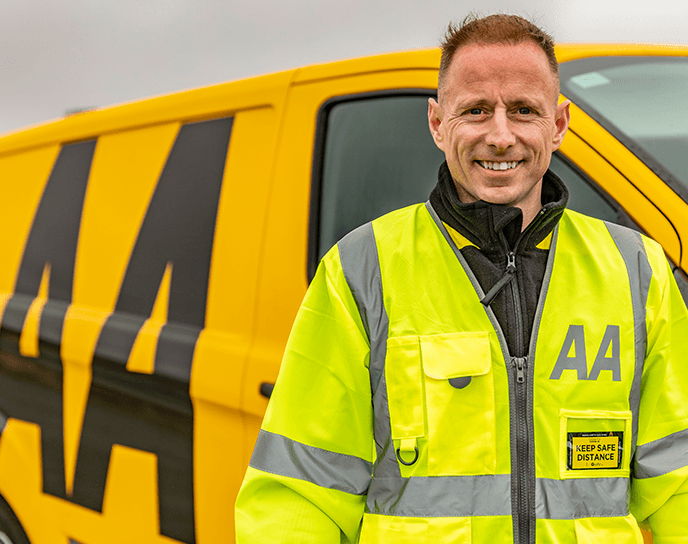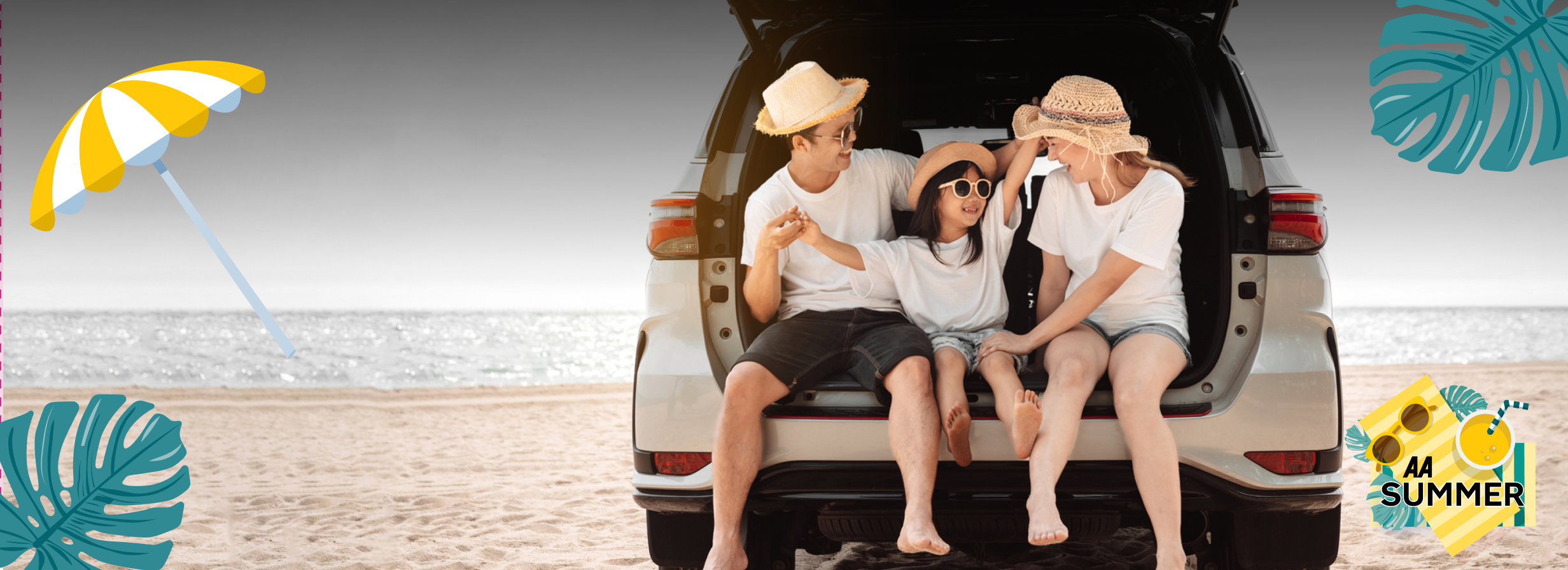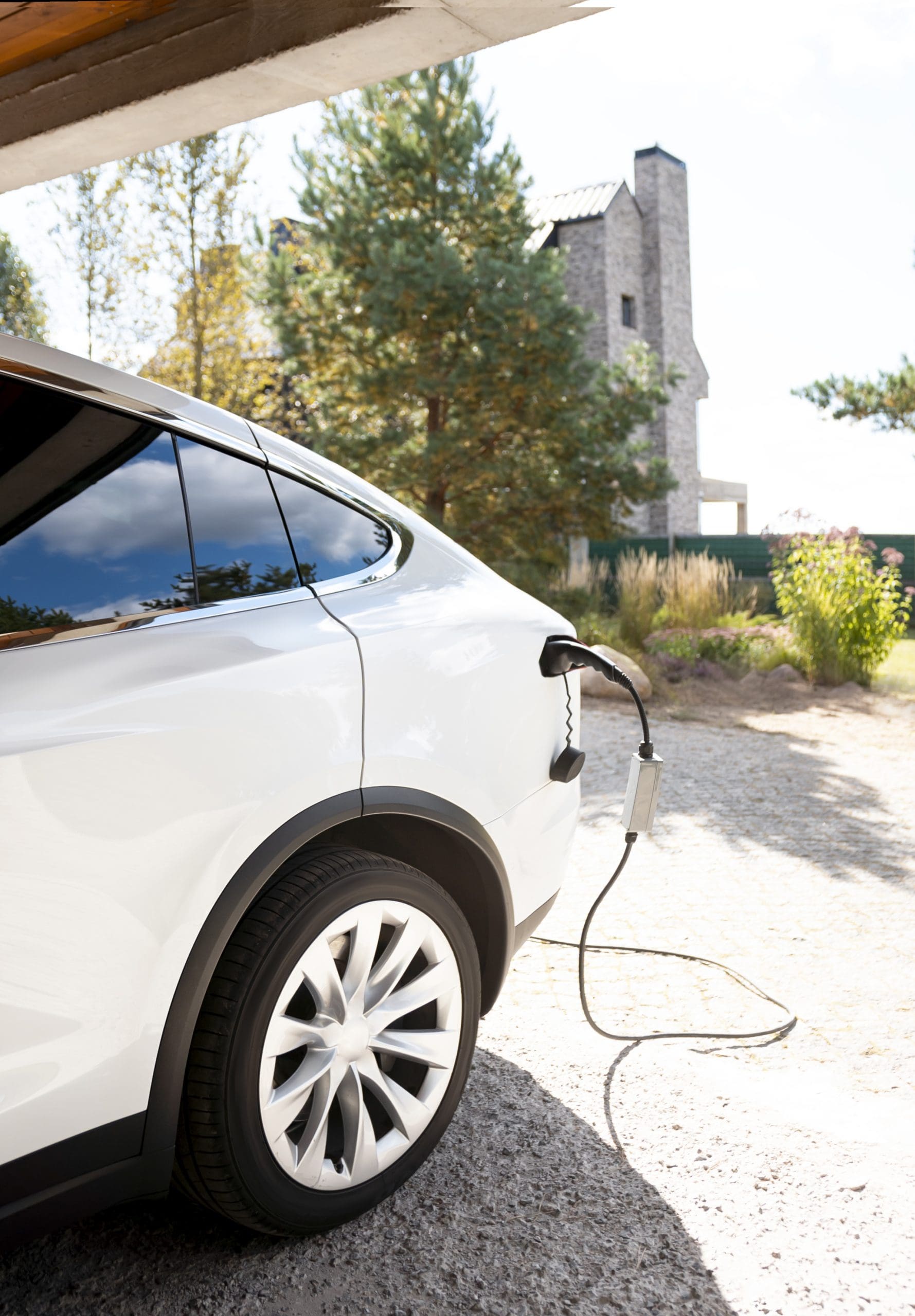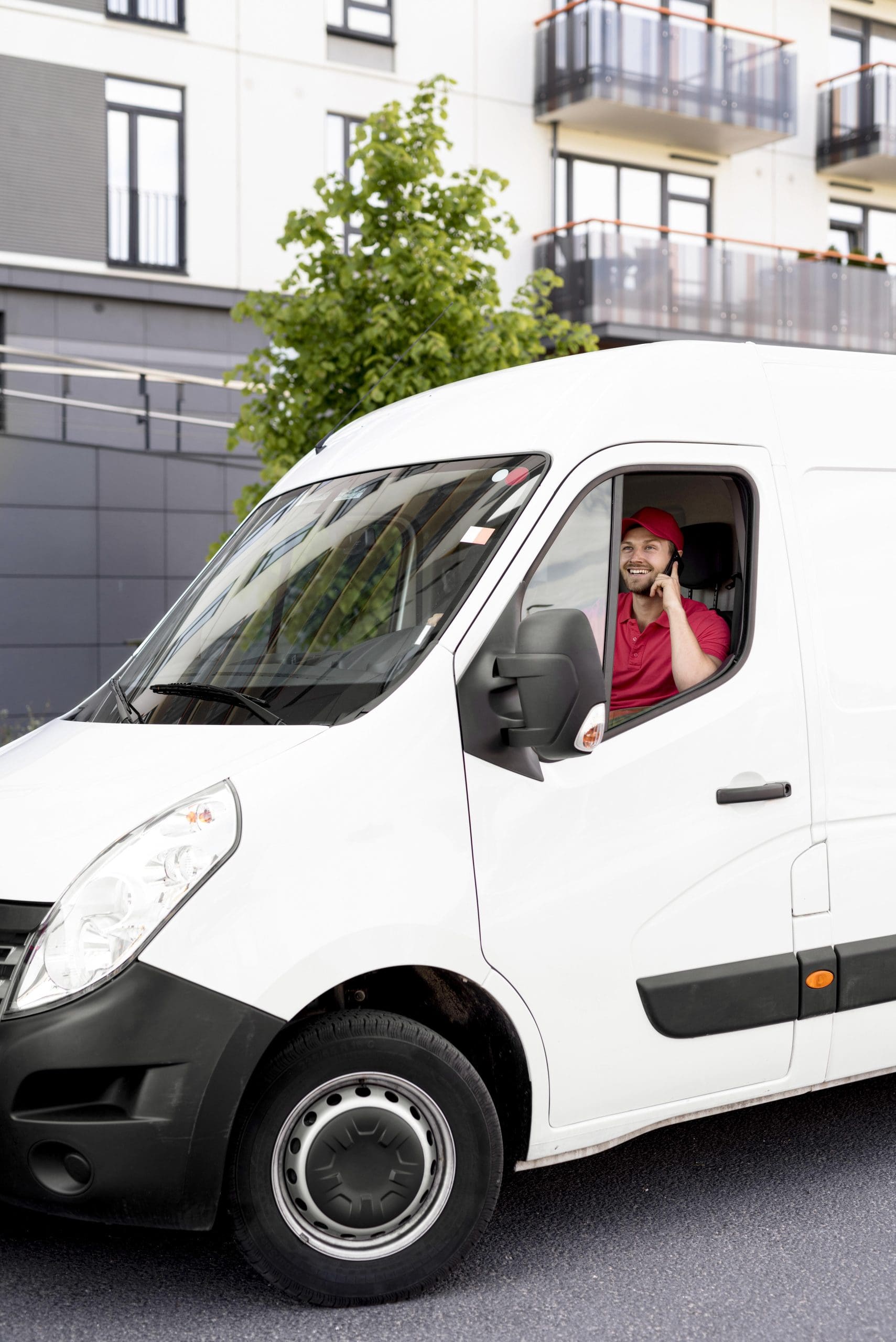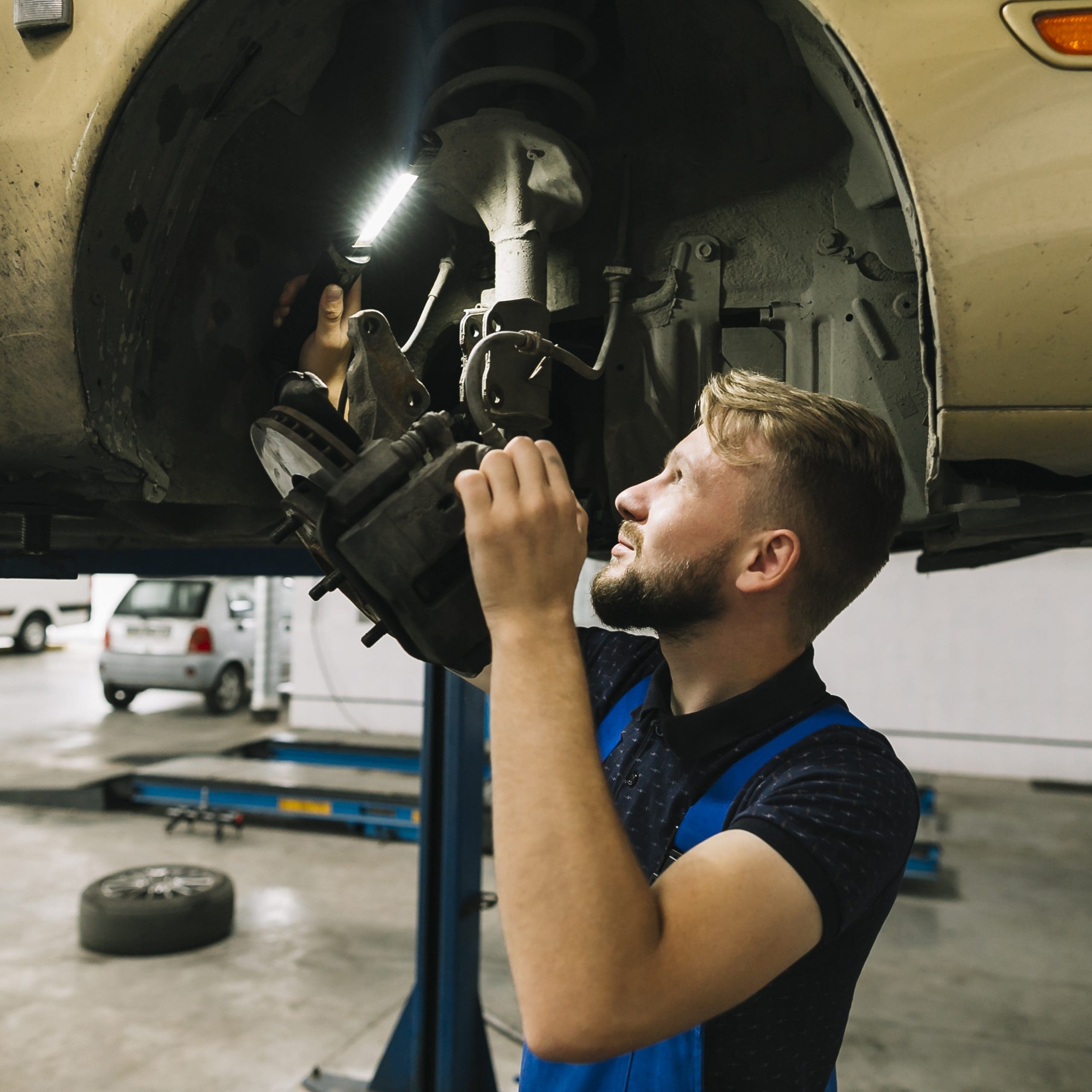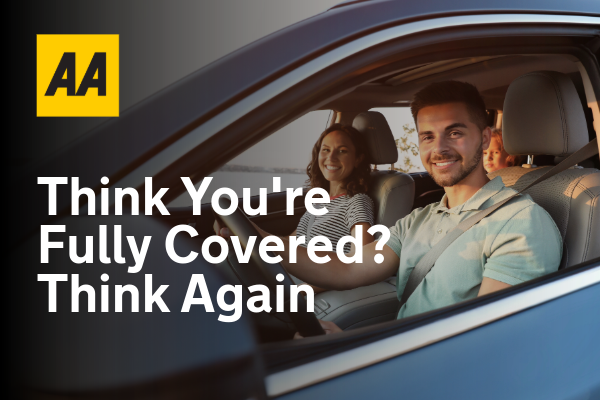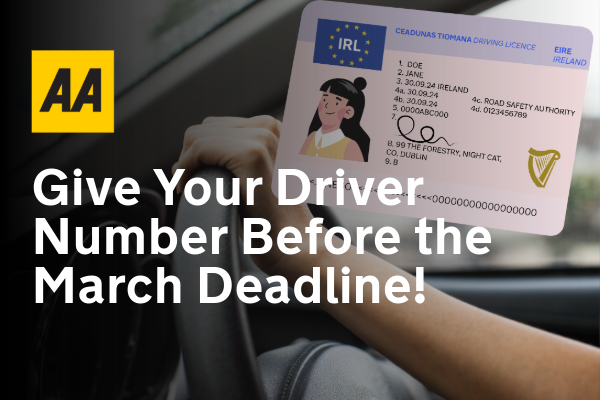- Unlock premium rewards with us, such as saving up to 6 cents on every litre of fuel at participating Circle K stations across the country.
- Plus, enjoy an additional perk of 10% off on AA Home Insurance, enhancing your savings even further.
Car Insurance for Ireland
Save up to €320 on your Car Insurance*
+ Get a €40 Retail Voucher!^
*Online discount (up to €320) applies to new car insurance policies bought online only, with a minimum premium of €306.02. ^Quotes generated & purchased online only during offer period. Further terms & conditions apply. Offer ends 31st July 2025. See t&c's below.
Save up to €320 on Your Car Insurance*
+
Get €40 Retail Voucher With Our Summer Offers^
Looking after what you value most is our priority, and at AA, car insurance is tailored to your needs.
Whether you’re just joining us or you’re a longstanding member, unlock special advantages that make
our car insurance stand out across Ireland.
AA Car Insurance Features and Benefits 🚘
- Safeguard your valuable no claims bonus with AA Car Insurance – Shielding you from Fire, Theft & Windscreen claims¹.
- With our policies, rest assured that in the unfortunate event of a fire or theft (with personal belongings coverage up to €500), you can file a claim without it affecting your hard-earned no claims bonus¹.
- The same protection extends to windscreen claims, where we cover the cost of replacing or repairing broken or damaged windscreens & windows, including scratches to bodywork from broken windows. Opting for an AA Approved repairer ensures full coverage, with a claim limit of €225 if you choose otherwise¹.
- With our best level of cover, AA customers with a full license get comprehensive car insurance.
- This means you’re covered to drive other cars, even one that’s borrowed, so you can get behind the wheel, safe in the knowledge you’re looked after².
- Receive Personal Accident coverage up to the sum of €75,000.
- In the event of an accident, an attempted break-in, or theft, AA can provide cover up to €750² for the loss or damage of personal items, including satellite navigation equipment and mobile phones.
- Enjoy a substantial 50% No Claims Discount on your car insurance in Ireland if you’ve maintained a claims-free record for five years! Plus, it’s worth noting that certain Ireland car insurance policies permit claims for incidents such as fire, theft, or misfuelling without impacting your hard-earned discount.
- Our policy can include legal expense coverage up to €50,000 to assist with costs such as solicitor’s fees and related expenses when they are justified².
- If you’re hitting the road for a vacation in destinations like Andorra, Denmark, Italy, or Spain, rest assured that AA car insurance extends full coverage to your insured vehicle in more than 30 countries, for a period of up to 60 days².
Important Car Insurance Update – Effective March 31, 2025
When buying or renewing car insurance, drivers must provide their driver number and the numbers of any listed drivers (found in Section 4d on your licence). Without it, your policy cannot be renewed. Read more about this…
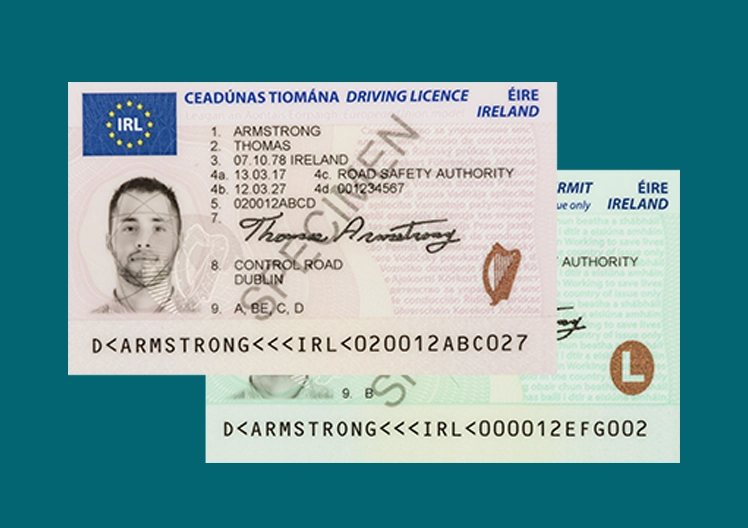
Get Reliable Roadside Assistance
With over a century of experience, we are Ireland’s top breakdown assistance provider, offering round-the-clock support. Our expert mechanics fix 80% of issues on the spot, ensuring you’re swiftly back on the road. Join us for peace of mind and exclusive benefits.
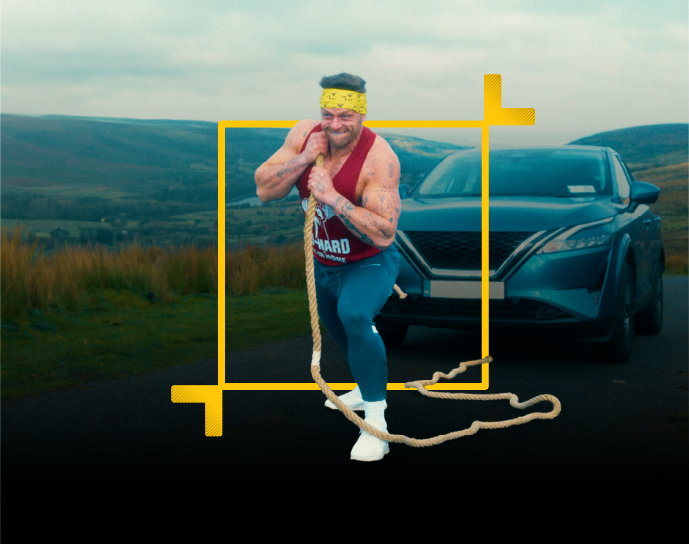
Why Choose AA for your next Car Insurance Policy?
- With a long-standing reputation for quality and service, AA is a name you can rely on, giving you confidence in the cover and support you receive.
- We provide well-rounded policies that protect against a wide range of eventualities, from collisions and theft to fire and third-party damages, ensuring you’re prepared for whatever the road throws your way.
- AA Car Insurance is not just about cover; it’s about value. Our members enjoy exclusive rewards such as fuel discounts and potential savings on other insurance products.
- We understand that budgeting is key, which is why we offer flexible payment plans to help spread the cost of your car insurance over time.
- Every driver is unique, and so should be their insurance. We offer a range of optional extras so you can tailor your cover to your specific needs.
Car Insurance Frequently Asked Questions (FAQs) ✨
When deciding on car insurance in Ireland, you’re looking at two main options: Comprehensive or Third-Party coverage. While new drivers often lean towards Third-Party insurance, the choice really hinges on what fits your individual requirements best. It’s wise to obtain a car insurance quote to better understand which option aligns with your driving needs.
Understanding that car insurance for Ireland’s new drivers can come with a hefty price tag, we craft policies specifically for young motorists to ensure they receive a fair rate.
Yes, our comprehensive policy offers the flexibility to drive other vehicles with third-party cover, provided it isn’t expressly excluded by your insurer. In the case of such an exclusion, we’ll make sure to inform you during the quote process for your insurance car Ireland policy. Should you already hold a policy with us, please review your certificate of insurance to confirm. For the specific terms that govern this benefit, refer to your Car Insurance Policy Booklet.
When obtaining an online quote for insurance for car Ireland, be sure to indicate if you’re an AA Member. As a member, you could be eligible for a discount on your initial car insurance with us and potentially enjoy savings on future renewals as long as you maintain your AA Membership.
While breakdowns are often not covered by the majority of insurers, holding an AA membership entitles you to roadside assistance. Additionally, current members can take advantage of greater discounts when opting for AA’s insurance Ireland car policies.
Learn more about Car Insurance from the Recent Blog Posts....
Terms and Conditions
*Online discount applies to new motor insurance policies purchased online only. Maximum discount value of €320 incl. fee commission write off applies. Subject to a minimum premium of €306.02.
^cont. Quotes generated & purchased online only during offer period. Further terms & conditions apply. Offer ends 31st July 2025. Further T&Cs apply.
¹Acceptance criteria, terms and conditions apply. Only available on AA Product Standard Scheme only - Comprehensive and Third-Party Fire & Theft. (Allianz, AXA, Aviva & RSA only)
²Acceptance criteria, terms and conditions apply. Only available on AA common product policies (Allianz, AXA, Aviva & RSA only). Please see cover summary for more details on AA common product and AA Liberty.

